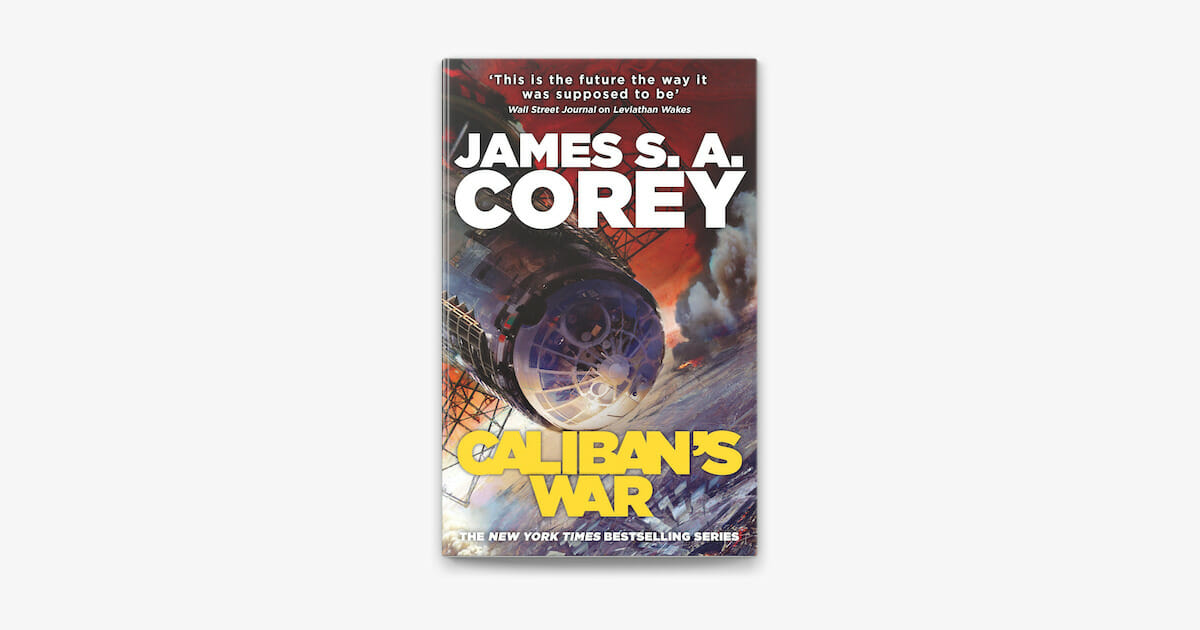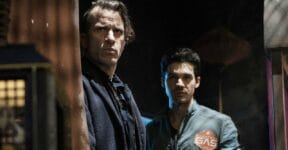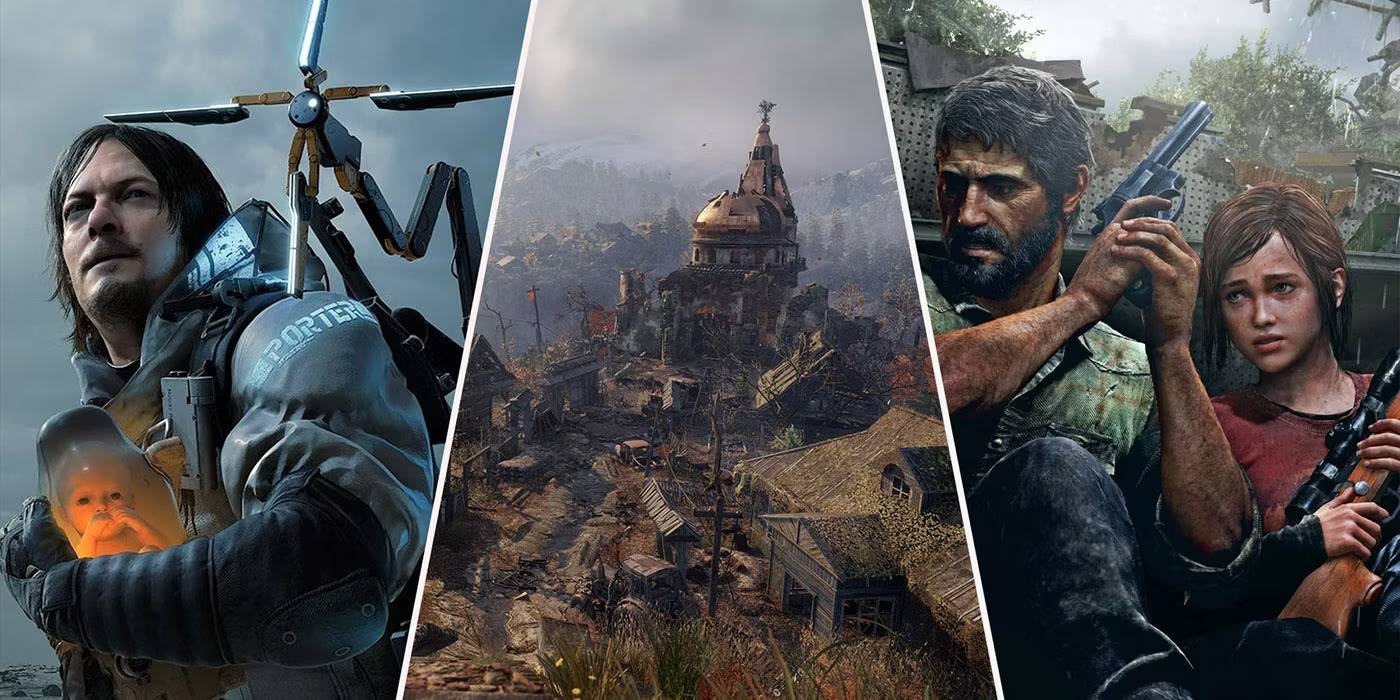Authored by American novelists Daniel Abraham and Ty Franck (under a joint pen name James S. A. Corey), Caliban’s War is a sequel to Leviathan Wakes, part of The Expanse book series. As this is the second book of nine overall, it comes with an obligatory friendly reminder: if you haven’t finished Leviathan Wakes, well then Caliban’s War is not the ideal starting line. Unlike a typical sequel novel in which Chapter 1 is often a place to recall events of the previous book, there is no such thing here. Everything that should be told in the first book has been written on its own pages. Quite literally, Caliban’s War picks up right where Leviathan Wakes left off.
Leviathan Wakes does a great job at setting the primary stage of the series’ world-building in motion. Humans, the native inhabitants of Earth, have wandered across the Milky Way galaxy and established massive colonies on nearby planets and moons. There are homes and workplaces in the Asteroid Belt (between the orbits of Mars and Jupiter) for blue-collar Belters, a society poorly treated by the ruling bodies or Inners on Earth and Mars. It is worth mentioning that despite technological advances, the galactic civilization has no luxury of light-speed interstellar travel and doesn’t fight an armed conflict with quantum weapons of any sort.
Continuing the basic premise set in the first book, Caliban’s War adds some more complexities to the already fragile political intrigue between the Inners and the Belters. Now that the Inners engage in their own conflict, the Belters have the chance to grow in strength. The power balance, which used to lean heavily toward the Inners, is tilted to the Belters’ advantage. All parties involved – Earth (UNN), Mars (MCRN), and Asteroid Belt (OPA) – must decide how to best manage Ganymede, the largest food reserve in the galaxy. And since Ganymede is located in the Asteroid Belt, it naturally falls within OPA’s territory.

Like the first book, there is no shortage of believable characters during the tumultuous galactic order pictured in Caliban’s War. All the spaceships used and habitats colonized are depicted only within the extent of sci-fi plausibility. Everything is easy to visualize thanks to straightforward realistic descriptions. The storyline follows the exploits of Captain James Holden and their crew while working for the freshly established OPA.
Caliban’s War opens with the UNN and the MCRN conducting a routine military patrol on Ganymede. While there is a clear tension between all sides, peace remains in place so that Earth and Mars can keep their shares of Ganymede’s resources and businesses. Things take a drastic change when a sudden attack renders both patrols incapacitated. The only survivor of the assault is MCRN’s Gunnery Sergeant Bobbie Draper. Simultaneously happening with the attack is a mysterious instant burst of energy out of a molecular machinery, known as protomolecule, on Venus. Because of the strange phenomenon, bizarre-looking structures emerge in the atmosphere. No one knows who is responsible, but for sure everyone points a finger at each other.
Caliban’s War is told from the perspectives of four main characters. Captain Holden leads the crew of the Rocinante to discover the truth behind the attack on Ganymede and the curiosity on Venus. A simultaneous occurrence of two consequential mysteries makes for a hint that they are much more than just mere coincidence.
They bring the lone survivor Bobbi Draper forward in a peace negotiation following the attack as an eyewitness and representative of Mars. There is also Avasarala, a high-ranking UN official trying to prevent an all-out war between Earth and Mars. A botanist named Prax, whose workplace laboratory is reduced to ruins amidst the Ganymede incident, is looking into the disappearance of his daughter, Mei, just before the attack. Prax and Mei may seem like secondary characters playing a subplot in the book’s major scheme of things, but the all-too-timely disappearance turns out to be the key to revealing a link between Ganymede and Venus incidents.
Once again like the first book, Caliban’s War ends in a rather happy conclusion that good triumphs over evil. However, even when they find the responsible bunch and penalize them for their crimes, there remains an atmosphere of dread indicating that the true villains/enemies of the galaxy are still lurking nearby. Whatever mysteries and battles encountered thus far might only be some kind of distraction to keep everybody’s attention away from the real threat to Earth, Mars, and OTA.
Caliban’s War offers quite a lot of subplots, and not every one of them can be resolved with clarity; such a thing is not uncommon for a book in an ongoing series. They may not be exactly cliffhangers, but merely loose ends to tie up in the next releases.
We think Caliban’s War lives up to the expectation. The book still uses the same tried-and-true formula of believable characters and plausible sci-fi to build a riveting storyline that expands from the strong foundation set in Levithan Wakes. It offers a deeper insight into the fragile political system and brings the promise of an upcoming fresh threat worth waiting. In short, the second book does exactly what it is supposed to do.
Have you read Caliban’s War? What do you think of Detective Miller’s appearance at the very end of the book? We’d love to hear from you.
Other things you might want to know:
Is the book appropriate for young readers?
New Adults might be the more appropriate target demographic. Caliban’s War depicts a justifiable degree of violence and a lot of explicit language. A few references to sex are mentioned.
Some books similar to Caliban’s War:
- Forever War (1974) by Joe Haldeman
- Diaspora (1997) by Greg Egan
- Revelation Space (2000) by Alastair Reynolds
- Altered Carbon (2002) by Richard K. Morgan
- Children of Time (2015) by Adrian Tchaikovsky
Major characters in Caliban’s War:
- James Holden: the captain of the light frigate Rocinante. Captain Holden and his crew were hired by the OPA for quite some time before finally breaking his ties with the alliance. Rocinante plays an important role in uncovering the mysteries of both Ganymede and Venus incidents.
- Chrisjen Avasarala: a UNN diplomat monitoring the situation on Earth, Mars, Venus, and Ganymede. She is working with James Holden to maintain peace in the galaxy.
- Roberta “Bobbie” Draper: an MCRN marine and survivor of the Ganymede incident. They send Draper as a representative of Mars during peace negotiations with Earth.
- Prax: a botanist searching for his missing daughter. James Holden steps up and helps Prax in his desperate attempt.
Check out other articles by month:







